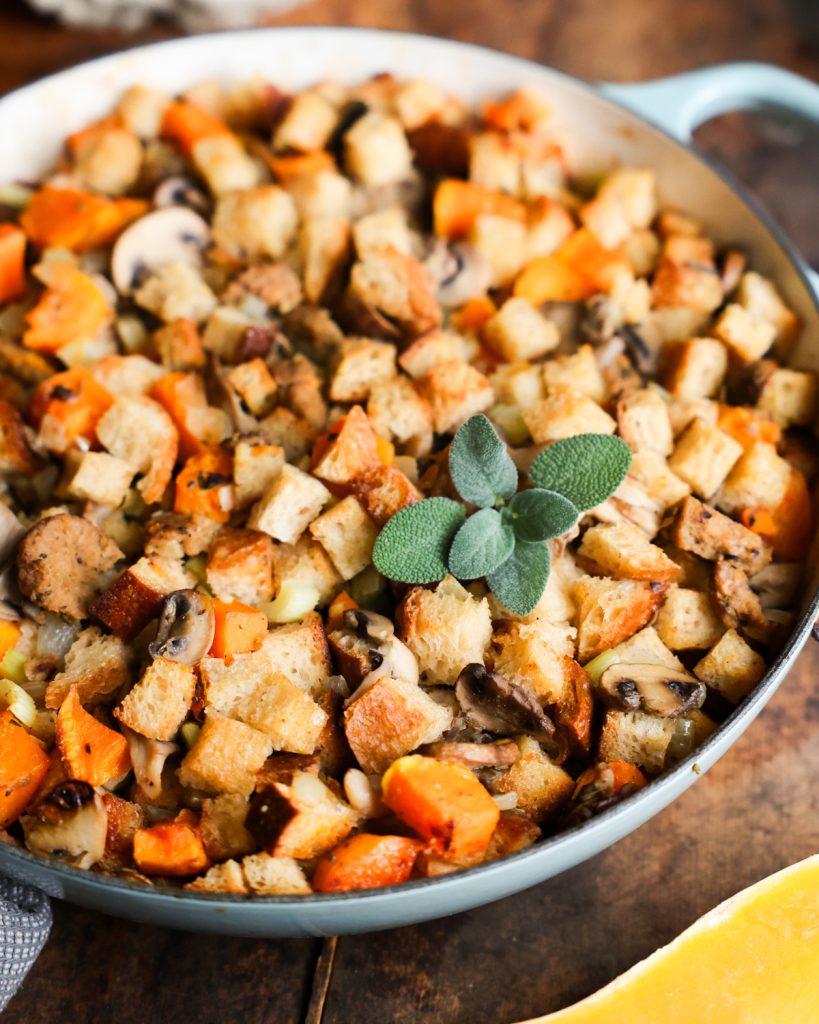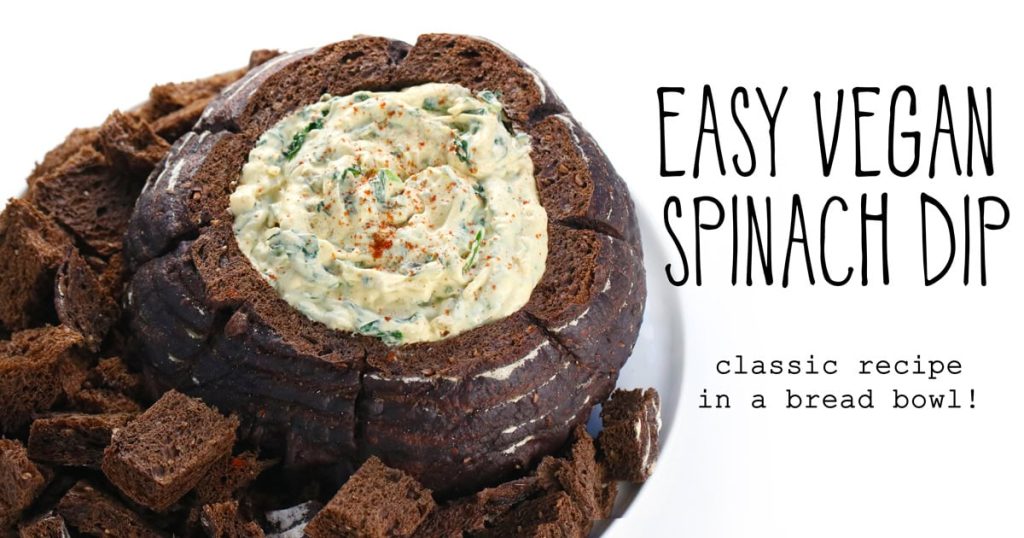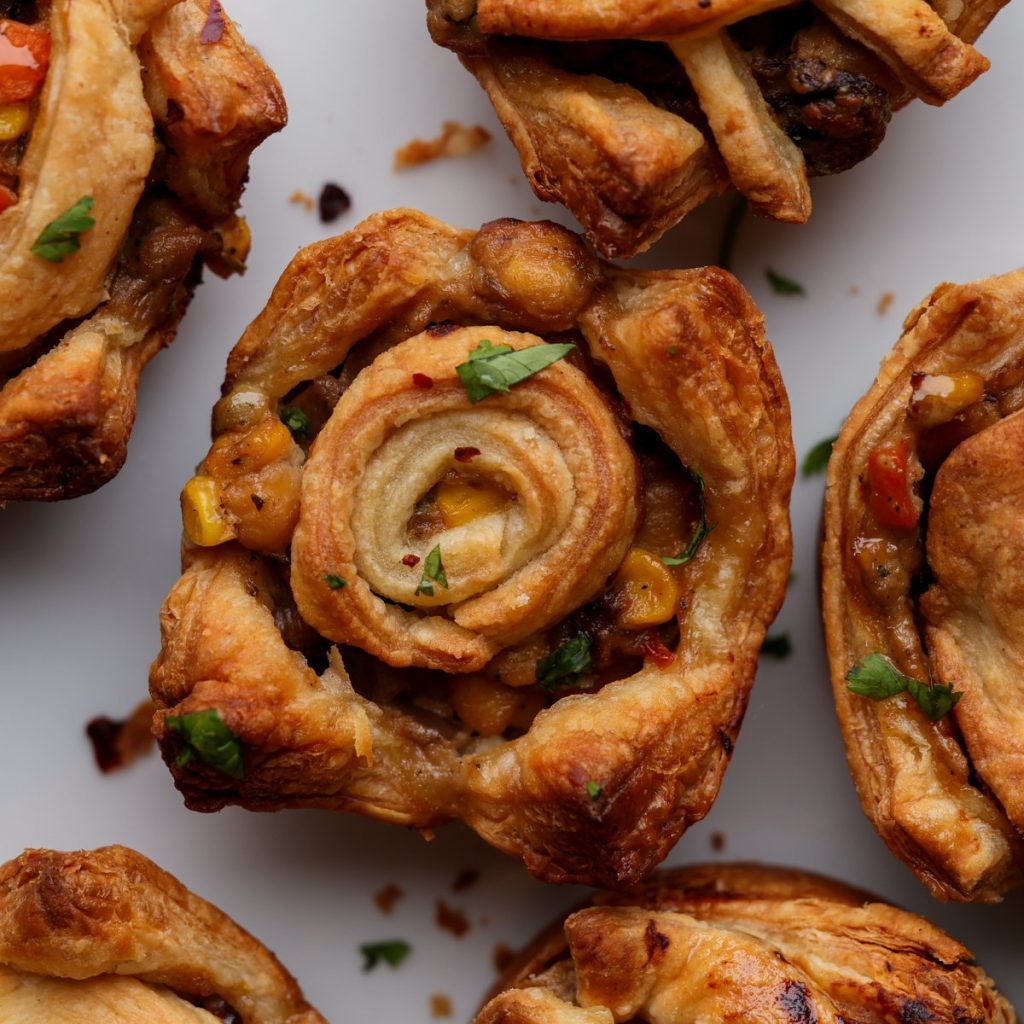In another sign of the world’s human leaders contempt for non-humans, at the conclusion of the G20 Summit today each leader received as a farewell gift an RM Williams compendium from Australia. It was handcrafted from skin ripped off the bodies of Australian saltwater crocodiles.
How are crocodile skin products made? First, thousands of crocodile eggs are stolen from their wild nests, then grown to a suitable size at a crocodile farm before their skin is scraped off to make pretty leather goods such as boots, belts, and handbags.
Egg abduction may be risky work for the human, but its deadly for the baby crocodile being snatched. According to RM Williams Outback magazine:
Egg abduction may be risky work for the human, but its deadly for the baby crocodile being snatched. According to RM Williams Outback magazine:
 |
| Snatched from its home, this baby is off to the skin farm |
a small team that gravitates towards the hazardous regions, actively seeking out the crocodiles and, more specifically, their eggs. This team of ‘egg collectors’ uses the significant aerial advantage of helicopters to find nesting grounds. Depending on ground conditions, members of the team either land nearby or are lowered by harness to the nests. This is no mean feat given that adult crocodiles grow up to six metres long. The eggs, numbering between 40 and 70 per nest, have to be carefully handled and marked on site. (Marking eggs is essential to establishing which way up they must remain in transit.) Although emblematic of the wild and dangerous nature of the outback, crocodiles in their infancy are uncharacteristically vulnerable and increasingly so in a changing environment of prolonged and unpredictable rains, which threaten nest sites. The 10-20 minute egg-collecting exercise is performed carefully, as an open nest is rendered hostile to remaining eggs. Recovered eggs are then delivered to be incubated at a crocodile farm where owner and egg-collecting contractor Mick Burns is active at every stage of the trajectory, from assisting in the collection of eggs himself to rearing some of the Territory’s most sizeable and infamous crocodiles. On Mick’s farm, 35 kilometres from Darwin, he has 60,000 crocodiles, ranging in size from 30 centimetres to 5.5 metres. Animals are usually grown until they’re about 1.8m and then processed for their skin. “Our species of croc produces the best skin in the world,” Mick says. “Unfortunately our crocs are the most aggressive species and one of the most difficult to farm. We work pretty closely with traditional owners and station owners to get permission to collect the eggs from the wild. Our skin is sold to the very high-end fashion houses in Europe.” By supporting a market and therefore placing a value on crocodile eggs, farms such as Mick’s seek to encourage the preservation of crocs in the wild. But there’s no getting away from the fact that egg collecting is risky work. “There is no question – it is not for the faint-hearted,” Mick says. “It’s hot, humid and you’re always on edge. It gets the adrenalin going but we take our time and try to keep it all as safe as possible. It is pretty expensive when things go wrong! People say I’m mad and they’re probably right but I am not sure it is because I collect crocodile eggs.”
 |
| The crocodile baby had grown up, but then its skin was pulled from its body. |
So as world leaders flick through their crocodile skin compendiums today, there will be more blood on their hands.


